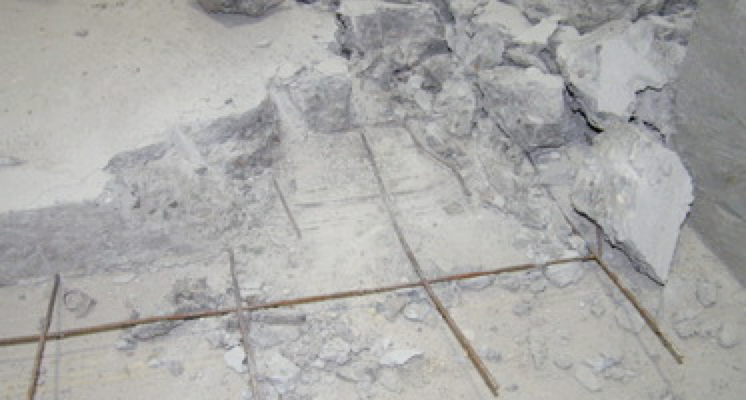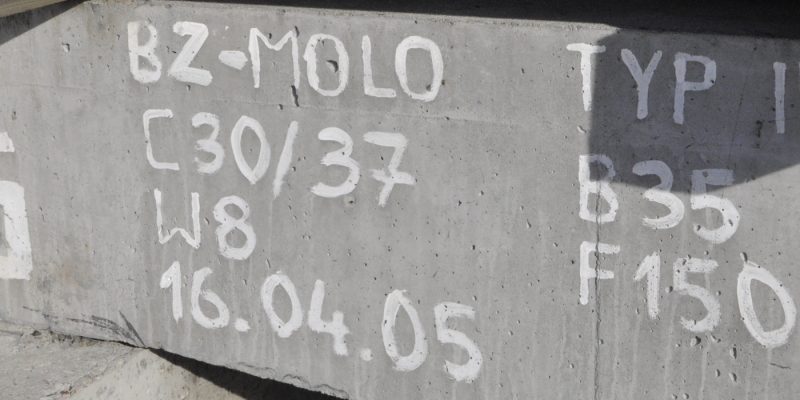Naprawa i ochrona konstrukcji żelbetowej wg norm serii PN-EN 1504 na przykładzie obiektu zabytkowego.
Właściwie zaprojektowany, wykonany, wbudowany i pielęgnowany beton jest wyjątkowo trwałym materiałem budowlanym. Wówczas można stwierdzić, że taki beton stanowi sam dla siebie najlepszą ochronę i gwarantuje trwałość konstrukcji w standardowych warunkach eksploatacji i ekspozycji środowiska.
W praktyce jednak konstrukcje wykonane z betonu, w tym żelbetowe, są eksploatowane w różnorodnych warunkach stąd też w zależności od środowiska narażone są na oddziaływanie różnorodnych czynników agresywnych. Po latach eksploatacji, zawłaszcza w przypadku obiektów zabytkowych, wymagana jest naprawa i właściwa ochrona.
W artykule przytoczono uwarunkowania normowe dotyczące metod napraw i doboru rozwiązań materiałowych. Całość zilustrowano przykładem aplikacji zgodnych z normami materiałów do napraw i ochrony elementów żelbetowych konstrukcji wsporczej zabytkowego wiaduktu.
Properly designed, constructed, cast and cured concrete is an extremely durable building material. It can then be said that such concrete provides the best protection for itself and guarantees the durability of the structure under standard operating and environmental exposure conditions.
In practice, however, structures made of concrete, including reinforced concrete, are operated under a wide variety of conditions and are therefore exposed to a wide range of aggressive factors, depending on the environment. After years of use, especially in the case of historic buildings, repair and proper protection are required.
The article discusses the standard requirements for repair methods and the choice of material solutions. It is illustrated with an example of the application of standard-compliant materials for the repair and protection of reinforced concrete elements of a support structure for a historic viaduct.




